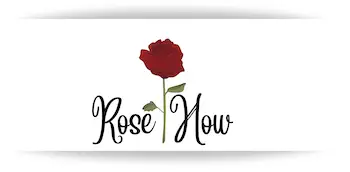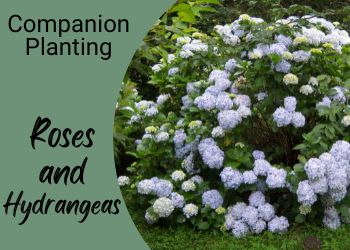Roses and hydrangeas look beautiful together, but this companion plant pairing can be ideally accomplished only under certain conditions.
Some of their characters match and some differ from each other. Let’s have a comparative analysis of both, starting with a quick roundup. Can you plant roses and hydrangeas together…
Roses and hydrangeas work well as companion plants. Roses prefer 6+ hours of sunlight, whereas hydrangeas prefer partial shade, and a slightly more clay-based loam soil. Choose varieties that prefer sunlight and do not grow taller than your roses. Hydrangeas will also help attract pollinators.
So that’s the summary in place, and here’s helpful roses and hydrangeas reference information to go with it.
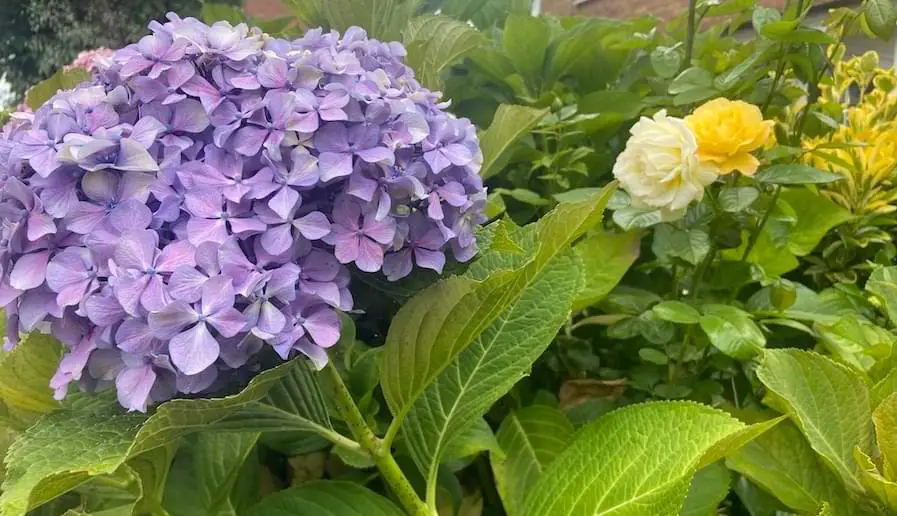
| Roses | Hydrangeas | |
|---|---|---|
| Color Options | Red, pink, orange, yellow, white, blue, and variations. | Purple, blue, pink, red, and color hues in between |
| Height | 1’ – 5’ (except climbers) | 3 – 5” (except climbers) |
| Preferred soil type | Loamy soil | Friable loam soil |
| pH value | 6.5 – 7.0 | 6.0 – 6.2 |
| Ideal growing Zones | 2 – 9 | 3 – 9 |
| Sun and Shade | 6+ Hours of direct sun | Morning sun, partial shade |
| Watering | Every 2 days, more in Summer | 1 – 2 times per week |
| Pollinators and pests | Attracts some pollinators. Will attract aphids | Attracts pollinators, does not deter pests |
But there’s more to it than just that. So let’s get into more of the details, starting with the color options for your rose and hydrangea garden.
Color options
Most flowers of hydrangeas are white but some species do have different shades depending upon the pH value and the aluminum ions present in them.
The flower color of species like H. serrata and H. macrophylla is purple or blue if the pH value of the soil is less than 7 (acidic).
Similarly, if the pH value of soil exceeds the 7 thresholds (alkaline) the flower changes to pink or red.
This is caused by the change in the colors of flowers’ chromatic pigments.
What all this means is that your hydrangeas may change color as the season progresses and depending on soil values, etc.
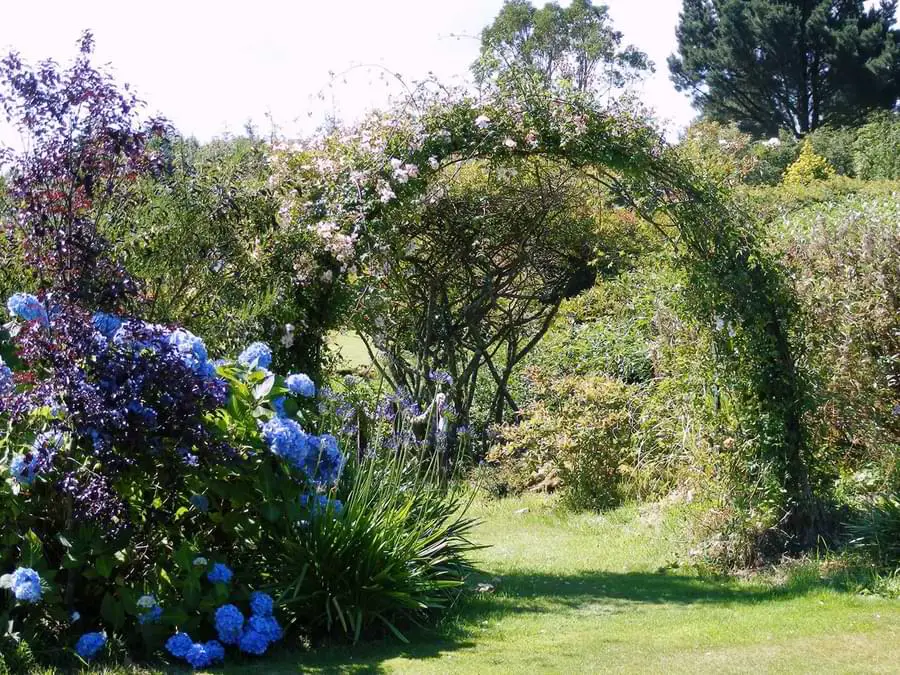
Soil-type
Roses prefer well-drained soil with a pH of around 6.5 to 7.0. However, hydrangeas prefer heavy clays for maximum blooms with a pH value of 6.0 to 6.2.
The gap in pH value of hydrangeas and roses can be accommodated by roses because they can tolerate slightly acidic soil.
But, under the right conditions, both roses and hydrangeas can grow in friable loam soil. So what is friable loam soil?
Friable loam soil
Friable loam soil is a variation of loamy soil. Its composition is equal parts of sand and silt, but with a smaller portion of clay. Ideal soil will hold sufficient levels of nutrients to nourish plants, with an element of organic matter. And yet will hold sufficient water without being saturated.
What this means is that both of these plants can live together in friable loam soil with a pH value of 6.0 – 7.0.
Here’s how to get the best loam soil combination for your roses. But you’ll need to adjust this to accommodate hydrangeas.
Growing zone
The growing zones of both roses and hydrangeas match up …to some extent.
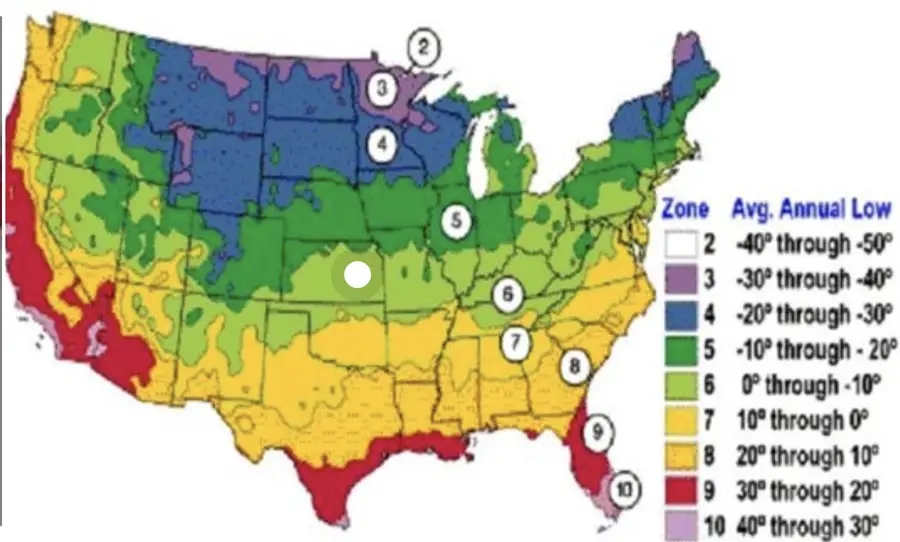
Roses can be grown from zone 2, through to zone 9, with multiple perennial species re-growing every Spring and lasting for a long time.
Similar, hydrangeas are also perennial and multiple species can be grown in zone 3, through to zone 9.
So, in terms of growing zones, a lot of species of both plants can work well together. But there are some other concerns that you should consider before pairing them both.
Height and spread
The height and spread of hydrangeas are different for different species.
Some species of hydrangeas grow as tall as 3 – 5 feet, which can be ideal when paired with equally tall, or taller types of roses such as hybrid teas, and some grandifloras.
So the height of this companion plant does not surpass the rose and will help maintain the colorful look of the garden.
But varieties of climbing hydrangeas can grow up to 20 feet or more and can only really be used as backdrops in the garden.
Similarly, being a floral shrub hydrangeas can spread 2 feet to 12 feet wide under certain conditions and growing zones.
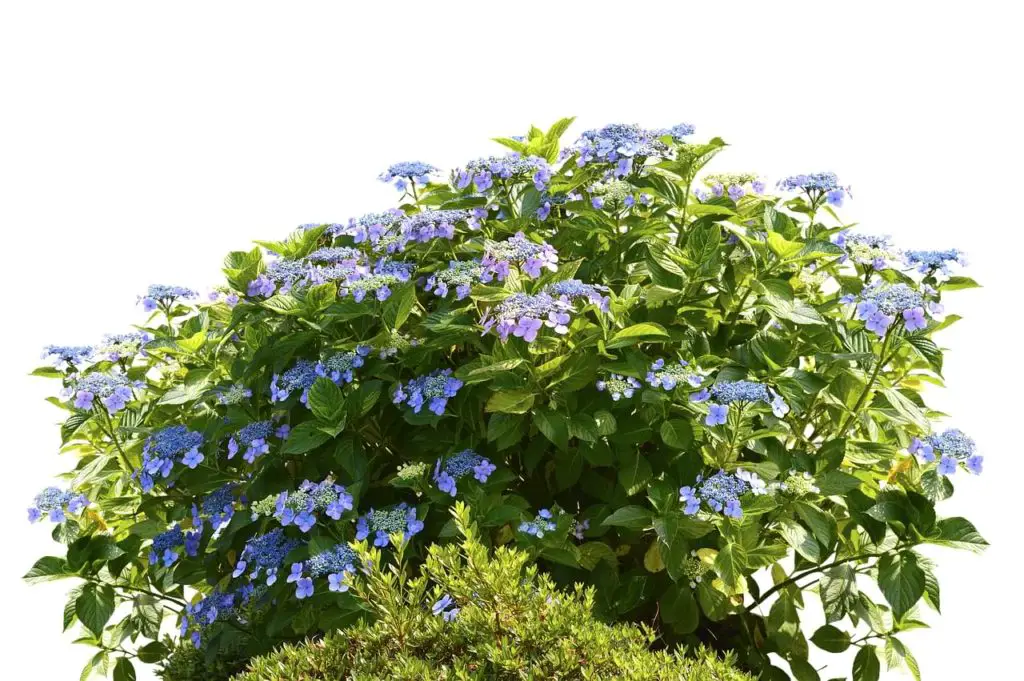
Water, sun, and shade
Water and shade problems are the main distinctions between both of these plants in the pair.
Most species of hydrangea require only 1-inch of water – once or twice a week to continue the smooth growth.
Over watering results in root rot, yellowing of leaves, and falling of premature leaves. On the other hand, a rose requires plenty of water almost daily.
Similarly, regarding shade, a rose generally requires lots of bright sun for more than 6 hours a day. But, hydrangea prefers the gentle morning sun or partial shades in the latter part of the day.
All of these concerns need to be thought about and formed into an ideal scenario where rose and hydrangea can meet together.
Pollinators and Pests
Roses do attract pollinators, but they are not the best at this task. There are other plants that attract far more bees, butterflies, and other pollinators than roses. But roses do tend to be a magnet for aphids.
Hydrangeas will attract pollinators. Their large florets are designed to attract bees, butterflies, and other pollinators. However, while their larger flowers will lure pollinators in, it’s actually only the smaller and more fertile florets that provide the nectar and pollen that pollinators seek.
Hydrangeas are not nearly as good at pest deterrent as other plants such as roses and lavender together or roses and marigolds.
Hydrangeas can be as prone to aphids, mites, and scale as your roses. This however will attract ladybugs and other garden-friendly predators so use pesticides sparingly.
The best recommendation I can give is, that if you’re looking to plant companion plants with your roses, then look at combinations that provide the widest variety of benefits. So perhaps consider lavender or other plants to control pests, another that offers weed suppression, etc.
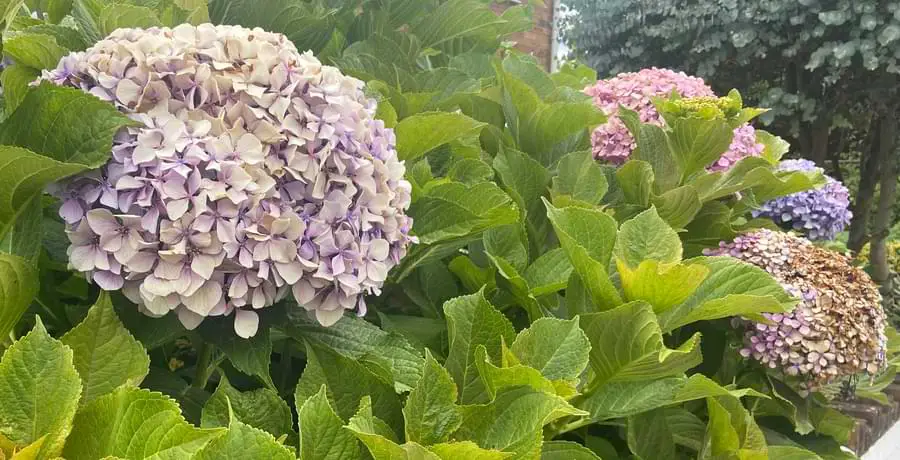
Rose and Hydrangea: Ideal companion scenarios
If you wish to plant roses and hydrangeas together, then the following are the two best species that can be paired together.
- Hybrid musk rose (Rosa ‘ballerina‘) and smooth hydrangea (‘Hydrangea arborescens‘)
- Limelight hydrangeas (Hydrangea paniculata) and knockout roses
Both of these pairs can grow up to 5 feet together and complement each other with a beautiful array of colors and blooms.
Here are a few more rose companion plant options…
Roses and Hydrangeas Garden companion planting ~ More roses help 🌹
I hope this has provided you with some great insight when considering planting roses and hydrangeas together.
There are lots of plants you can plant with roses that will complement them in both looks and benefits. I’ve written about a number of them so be sure to check out my rose companion category to find ones that will suit your rose types.
Also, be sure to check out my tools and resources page for the selection of tools and products I use with my roses.

Hi, I’m Michael. My passion for roses was sparked a few years ago after visiting a dedicated community rose garden. So Rosehow.com represents my take, my learnings, and my help for anyone looking to grow, be proud of, and harvest roses.
